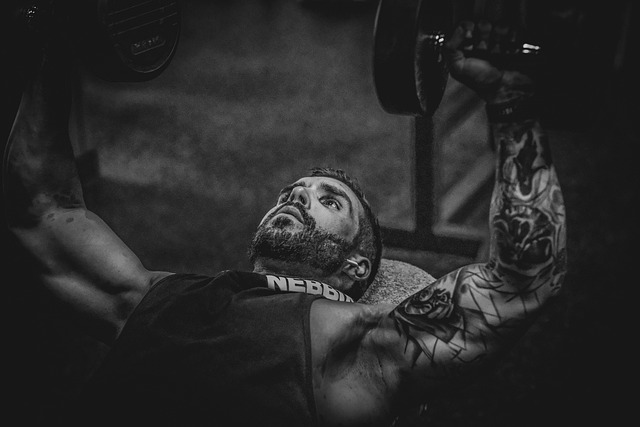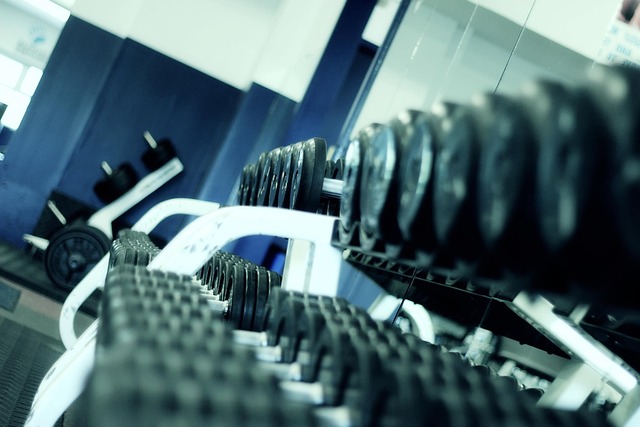When it comes to structuring a workout routine, one of the most debated topics in fitness is whether to follow a full-body or split routine. Both approaches have their merits and are suited to different goals, schedules, and experience levels. Understanding the differences between these two training splits can help you make an informed decision that aligns with your fitness objectives and lifestyle. In this article, we’ll explore the benefits, drawbacks, and ideal scenarios for each approach, helping you determine which one is the best fit for your needs.
What Are Training Splits?
A training split refers to how you divide your workouts across the week, typically based on muscle groups, movement patterns, or overall body focus. The two primary types of splits are:
- Full-Body Workouts : These routines target all major muscle groups (chest, back, legs, shoulders, arms, and core) in a single session.
- Split Routines : These routines divide workouts by specific muscle groups or movement patterns, focusing on one or two areas per session (e.g., “Push Day,” “Pull Day,” “Leg Day”).
Each approach has unique advantages and considerations, making them better suited for certain individuals depending on their goals, time availability, and fitness level.
Full-Body Workouts: The Pros and Cons
What Is a Full-Body Workout?
In a full-body workout, you train every major muscle group in a single session. This type of routine is typically performed 2-4 times per week, allowing adequate recovery between sessions.
Benefits of Full-Body Workouts
- Efficient Use of Time : If you’re short on time, full-body workouts allow you to hit all muscle groups in fewer sessions per week.
- Frequent Muscle Stimulation : Since each muscle group is trained multiple times per week, it promotes consistent growth and strength gains.
- Ideal for Beginners : Full-body workouts are great for newcomers because they ensure balanced development and teach proper form across a variety of exercises.
- Improved Recovery : With fewer intense sessions per week, there’s less risk of overtraining, especially for those new to lifting.
- Versatility : Full-body routines can be adapted for strength, hypertrophy (muscle growth), or general fitness goals.
Drawbacks of Full-Body Workouts
- Limited Volume Per Muscle Group : Because you’re working all muscles in one session, you may not be able to dedicate enough volume to individual muscle groups for maximal growth.
- Fatigue Management : Training the entire body in one session can be physically demanding, potentially leading to burnout if not managed properly.
- Less Specialization : Advanced lifters who want to focus on specific weak points may find full-body workouts too generalized.
Who Should Use Full-Body Workouts?
- Beginners looking to build a strong foundation
- Individuals with limited time to exercise
- Those focused on overall fitness rather than targeting specific muscles
- People recovering from injury or returning to exercise after a break
Split Routines: The Pros and Cons
What Is a Split Routine?
In a split routine, workouts are divided by muscle groups or movement patterns. Common examples include:
- Upper/Lower Split (e.g., upper body one day, lower body the next)
- Push/Pull/Legs (PPL) Split (e.g., push movements like bench press, pull movements like rows, and leg-focused exercises)
- Body Part Splits (e.g., Chest Day, Back Day, Arm Day)
Benefits of Split Routines
- Higher Volume Per Muscle Group : By focusing on fewer muscle groups per session, you can perform more exercises and sets for each area, promoting greater hypertrophy.
- Targeted Muscle Development : Splits allow you to prioritize lagging muscle groups or specific aesthetic goals.
- Better Recovery : Since different muscle groups are worked on separate days, there’s ample time for recovery before retraining them.
- Variety and Engagement : Rotating through different muscle groups keeps workouts fresh and engaging, reducing boredom.
- Suitable for Advanced Lifters : Splits cater to experienced athletes who need higher intensity and specialized programming.
Drawbacks of Split Routines
- Time Commitment : Split routines require more frequent gym visits, which may not be feasible for everyone.
- Risk of Overtraining : Focusing too much on one muscle group without proper recovery can lead to fatigue or injury.
- Imbalanced Development : Poorly designed splits can neglect smaller stabilizer muscles or fail to address total-body strength.
- Complexity : Planning and executing a split routine requires more knowledge and organization compared to full-body workouts.
Who Should Use Split Routines?
- Intermediate to advanced lifters aiming for muscle growth or specialization
- Individuals with flexible schedules who can commit to 4-6 gym sessions per week
- Athletes preparing for competitions or specific performance goals
- Those focused on aesthetics or bodybuilding-style training
Comparing Full-Body and Split Routines
| Factor | Full-Body Workouts | Split Routines |
|---|---|---|
| Frequency | 2-4 times per week | 4-6 times per week |
| Muscle Group Focus | All major muscle groups per session | Specific muscle groups per session |
| Volume Per Muscle | Moderate | High |
| Recovery Needs | Easier to recover due to fewer intense sessions | Requires careful planning for optimal recovery |
| Best For | Beginners, busy individuals, general fitness | Advanced lifters, bodybuilders, specialized goals |
How to Choose the Right Split for You
The choice between full-body and split routines ultimately depends on your goals, experience level, and lifestyle. Here are some questions to guide your decision:
- What Are Your Goals?
- Strength or General Fitness : Full-body workouts are excellent for building foundational strength and improving overall health.
- Hypertrophy or Aesthetics : Split routines allow for higher volume and targeted muscle development, making them ideal for bodybuilding or physique enhancement.
- How Much Time Do You Have?
- If you can only work out 2-3 times per week, a full-body routine might be more practical.
- If you have the flexibility to train 4-6 times per week, a split routine could maximize your results.
- What Is Your Experience Level?
- Beginners benefit from the simplicity and balance of full-body workouts.
- Intermediate and advanced lifters often see better progress with split routines due to increased specificity and volume.
- Do You Prefer Variety or Structure?
- Full-body workouts offer simplicity but less variety within a single session.
- Split routines provide more diversity in daily workouts, keeping things interesting.
Sample Workout Plans
Full-Body Workout (3x Per Week)
- Day 1 : Squats, Bench Press, Bent-Over Rows, Plank
- Day 2 : Deadlifts, Shoulder Press, Pull-Ups, Lunges
- Day 3 : Rest or Active Recovery (e.g., yoga, stretching)
Upper/Lower Split (4x Per Week)
- Upper Body Day : Bench Press, Rows, Shoulder Press, Bicep Curls, Tricep Dips
- Lower Body Day : Squats, Deadlifts, Lunges, Calf Raises
- Repeat Upper/Lower twice per week.
Push/Pull/Legs (PPL) Split (6x Per Week)
- Push Day : Bench Press, Shoulder Press, Tricep Extensions
- Pull Day : Pull-Ups, Rows, Bicep Curls
- Leg Day : Squats, Deadlifts, Lunges, Calf Raises
- Rotate through the three days twice per week.



